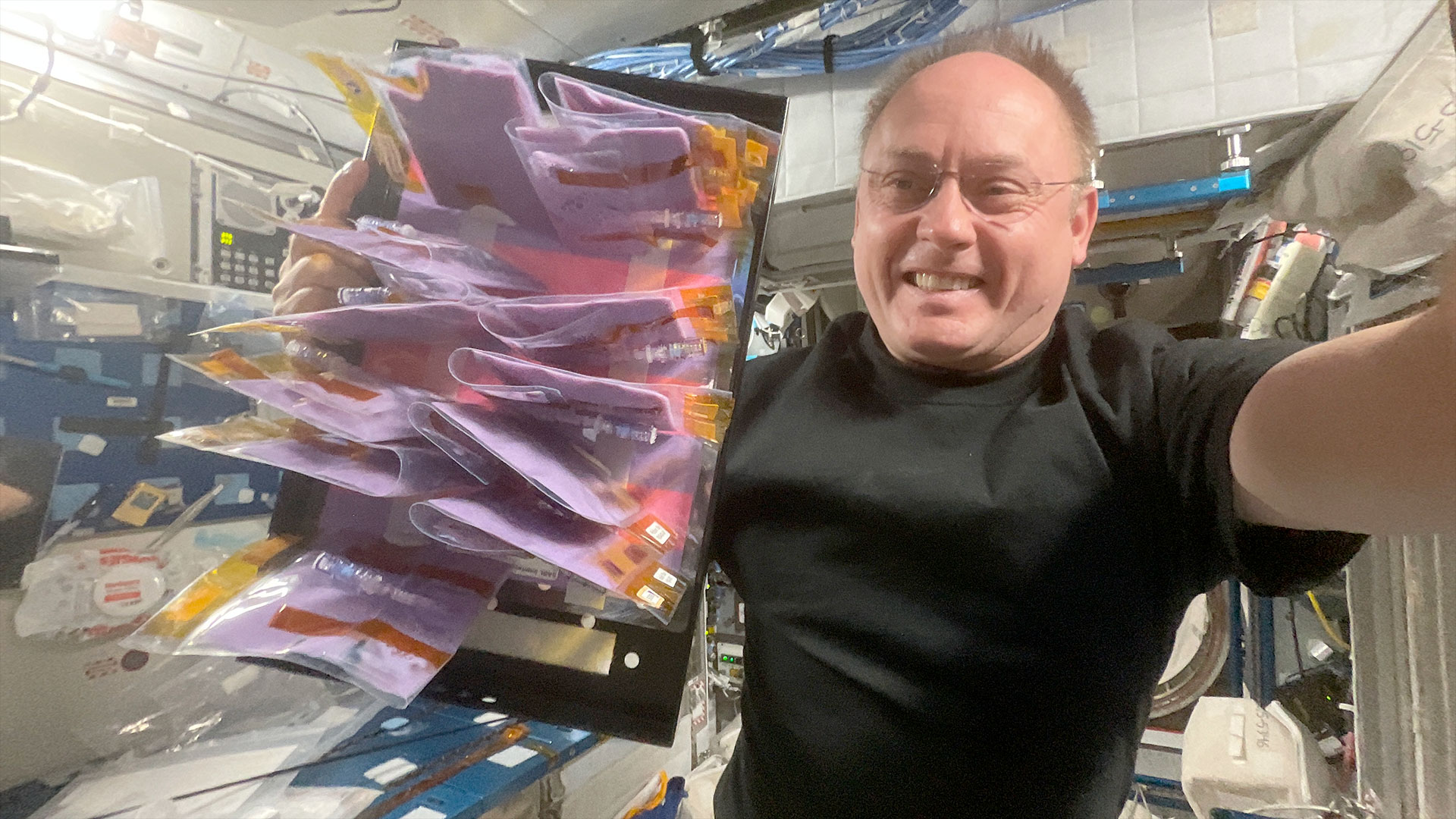Edge of Space Found
Hold on toyour hats, or in this case, your helmets: Scientists have finally pinpointedthe so-called edge of space ? the boundary between Earth's atmosphere and outerspace.
With datafrom a new instrument developed by scientists at the University of Calgary, scientists confirmed that space begins 73 miles (118 kilometers) above Earth'ssurface.
A lotremains very fuzzy, however, as the boundary is surrounded by a host ofmisconceptions and confusing, conflicting definitions.
Forstarters, astronauts can say they'vebeen to space after only passing the 50-mile (80-kilometer) mark.
Meanwhilethe boundary recognized by many in the space industry is also a somewhatarbitrary 62 miles (100 kilometers). Scientist Theodore von K?rm?n long ago calculatedthat at this altitude the atmosphere is so thin that it's negligible, and conventionalaircraft can no longer function because they can't go fast enough to get anykind of aerodynamic lift. This 62-mile boundary is accepted by the F?d?rationA?ronautique Internationale (FAI), which sets aeronautical standards.
The United States, however, has never officially adopted a set boundary standard because itwould complicate the issue of overflight rights of satellites and otherorbiting bodies, according to NASA.
NASA'smission control uses 76 miles (122 kilometers) as their re-entry altitudebecause that's where the shuttle switches from steering with thrusters tomaneuvering with air surfaces, NASA states. Others point out that the "NowEntering Space" sign should be posted way out at 13 million miles (21million kilometers) because that's the boundarywhere Earth's gravity is no longer dominant.
Breaking space news, the latest updates on rocket launches, skywatching events and more!
(Whileastronauts experience weightlessness in space, this isn't because there's nogravity there, it's due to the balance of forces acting on them as theyorbit.)
In the newstudy, an instrument called the Supra-Thermal Ion Imager detected the boundaryby tracking the relatively gentle winds of Earth'satmosphere and the more violent flows of charged particles in space, whichcan reach speeds well over 600 mph (1,000 kph).
The abilityto gather data in that area is significant because it's very difficult to makemeasurements in this region, which is too high for balloons and too low forsatellites.
"It'sonly the second time that direct measurements of charged particle flows havebeen made in this region, and the first time all the ingredients ? such as theupper atmospheric winds ? have been included," says project scientistDavid Knudsen of the University of Calgary.
Theinstrument was carried by the JOULE-II rocket on Jan. 19, 2007. It traveled toan altitude of about 124 miles (200 kilometers) above sea level and collecteddata for the five minutes it was moving through the "edge of space."
Thefinding, detailed in the Journal of Geophysical Research on April 7,could aid the study of space weather and its impactson Earth.
The data"allows us to calculate energy flows into the Earth's atmosphere thatultimately may be able to help us understand the interaction between space andour environment," Knudsen said. "That could mean a greaterunderstanding of the link between sunspots and the warming and cooling of theEarth's climate as well as how space weather impacts satellites, communications,navigation, and power systems."
- Video ? Danger: Solar Storm!
- Video - How Space Storms Wreak Havoc on Earth
- Images: Great Spacewalks
This article was update at 4:14 p.m. ET.
Join our Space Forums to keep talking space on the latest missions, night sky and more! And if you have a news tip, correction or comment, let us know at: community@space.com.

Andrea Thompson is an associate editor at Scientific American, where she covers sustainability, energy and the environment. Prior to that, she was a senior writer covering climate science at Climate Central and a reporter and editor at Live Science, where she primarily covered Earth science and the environment. She holds a graduate degree in science health and environmental reporting from New York University, as well as a bachelor of science and and masters of science in atmospheric chemistry from the Georgia Institute of Technology.
